This list was compiled to help newly trained BMAS members select appropriate reading material from the wealth of available acupuncture literature. It is not intended to be fully comprehensive, but represents a selection of useful reading material from reputable sources, reflecting our current understanding of acupuncture theory and practice.
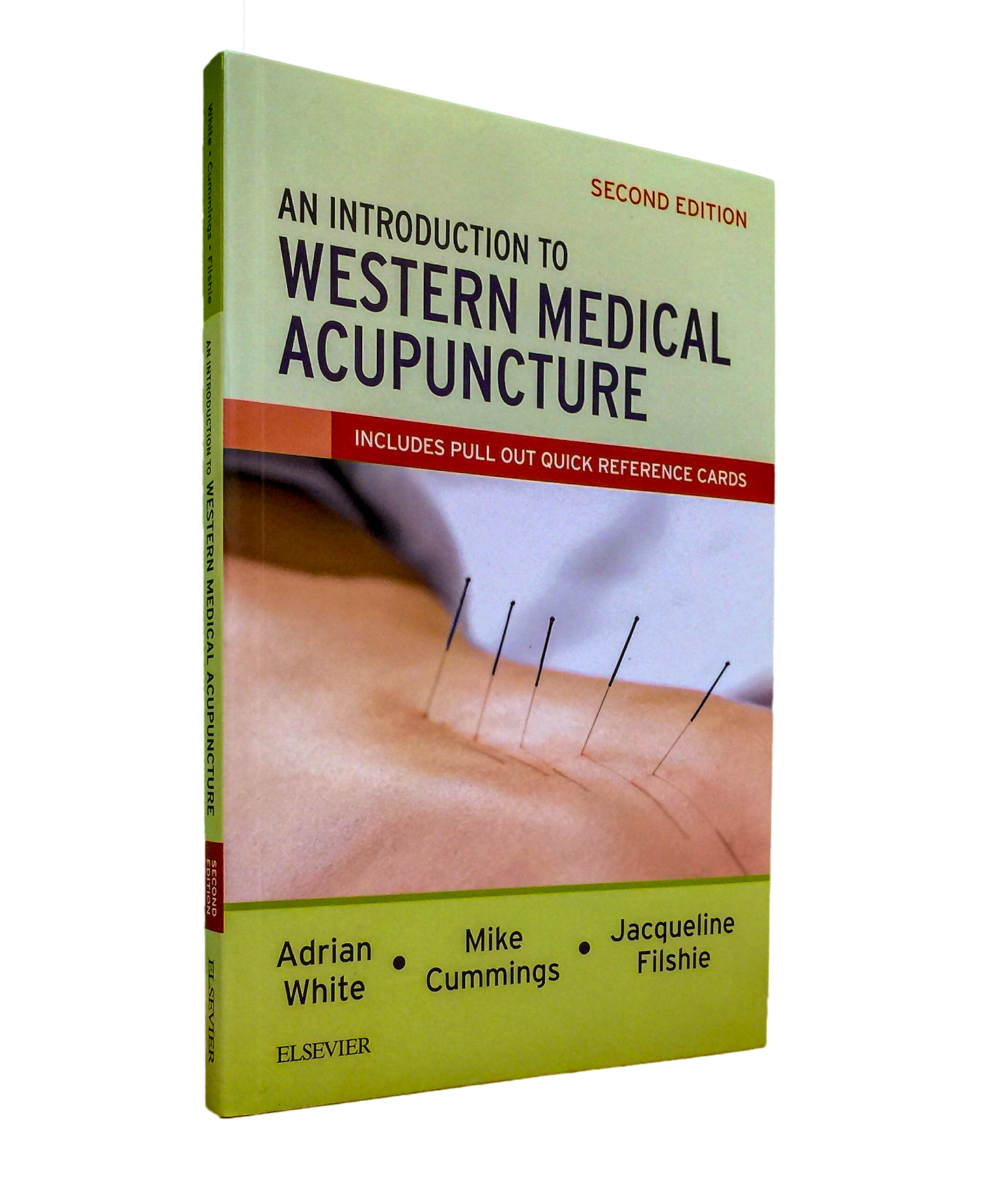
An Introduction to Western Medical Acupuncture 2nd edition 2018
(includes pull out quick reference cards)
by Adrian White, Mike Cummings & Jacqueline Filshie
Foreword by Panos Barlas
__ISBN 987-0-7020-7318-2
e_ISBN 987-0-7020-7511-7
This excellent, authoritative and well-referenced book is in a class of its own because it is for the first time that the recently developed Western approach to acupuncture, based on the present-day neurophysiological principles described in its pages, has been written about in such a lucid and wide-ranging manner.
All the various aspects of the subject are dealt with both comprehensively and cogently and from the information provided there can be no doubt that this particular form of acupuncture has has a sound scientific basis and that its employment for certain well-defined disorders is becoming ever increasingly evidence-based...
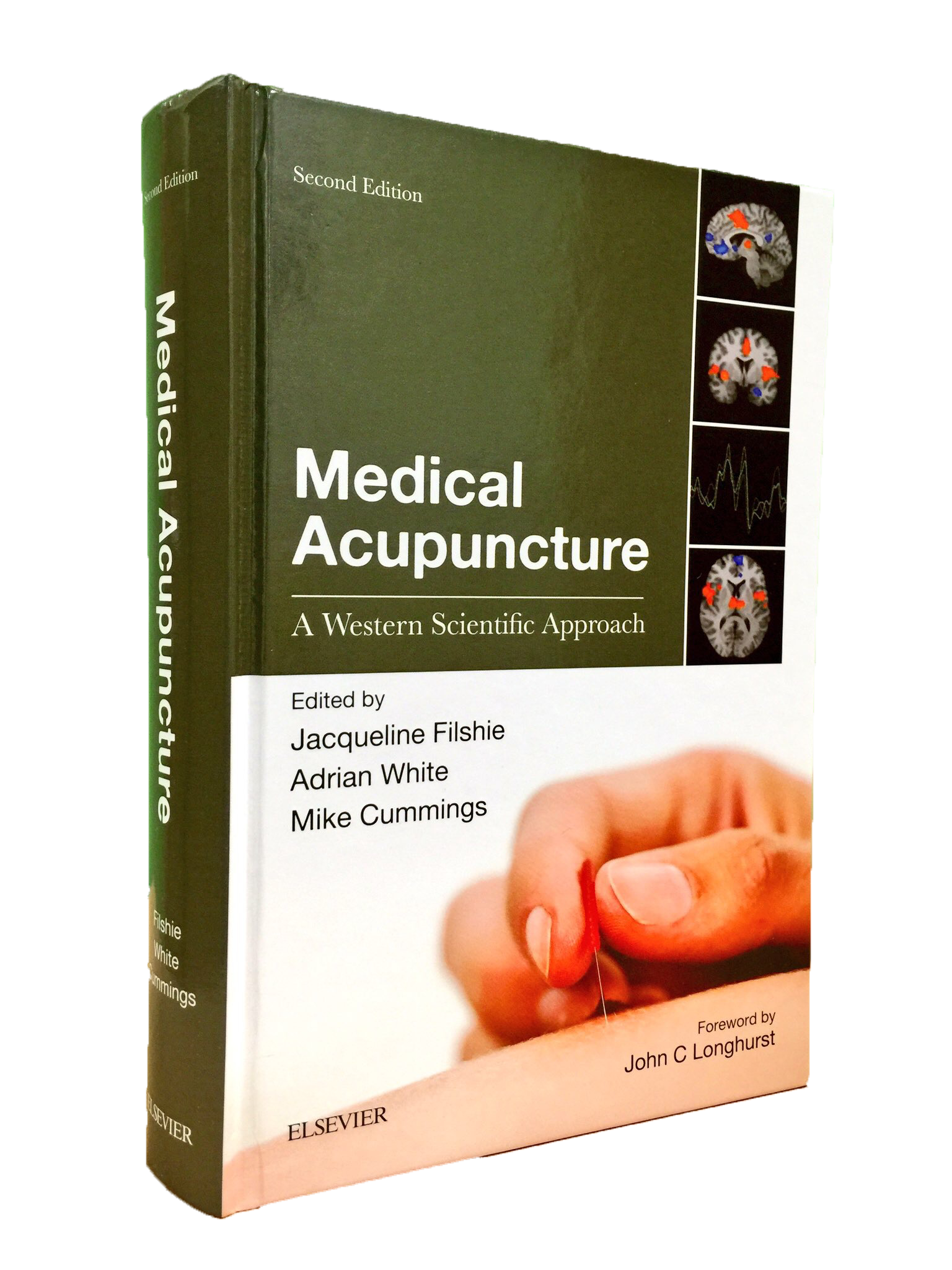
Medical Acupuncture: A Western Scientific Approach 2nd edition 2016
Editors: Jacqueline Filshie, Adrian White, Mike Cummings
Foreword by John Longhurst
__ISBN 987-0-7020-4307-9
e_ISBN 987-0-7020-6855-3
Edited by three prominent BMAS members, this book successfully draws together our current understanding of acupuncture, and represents one of the best general textbooks on scientific acupuncture available. With contributions from fourty-four highly regarded authors, this book is now the standard reference textbook in the field that has become known as Western Medical Acupuncture.
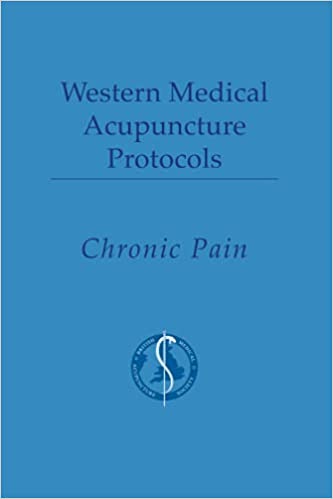
Western Medical Acupuncture Protocols for Chronic Pain
Produced by the BMAS to support acupuncturists within and without the NHS in their treatment of chronic pain conditions. With basic and advanced protocols for a range of conditions, clear diagrams and explanations. Useful for practitioners at every level. Available on Amazon for £20.
The first print run of this book contained an error. Owners of books from the first print run can find the corrected page here.
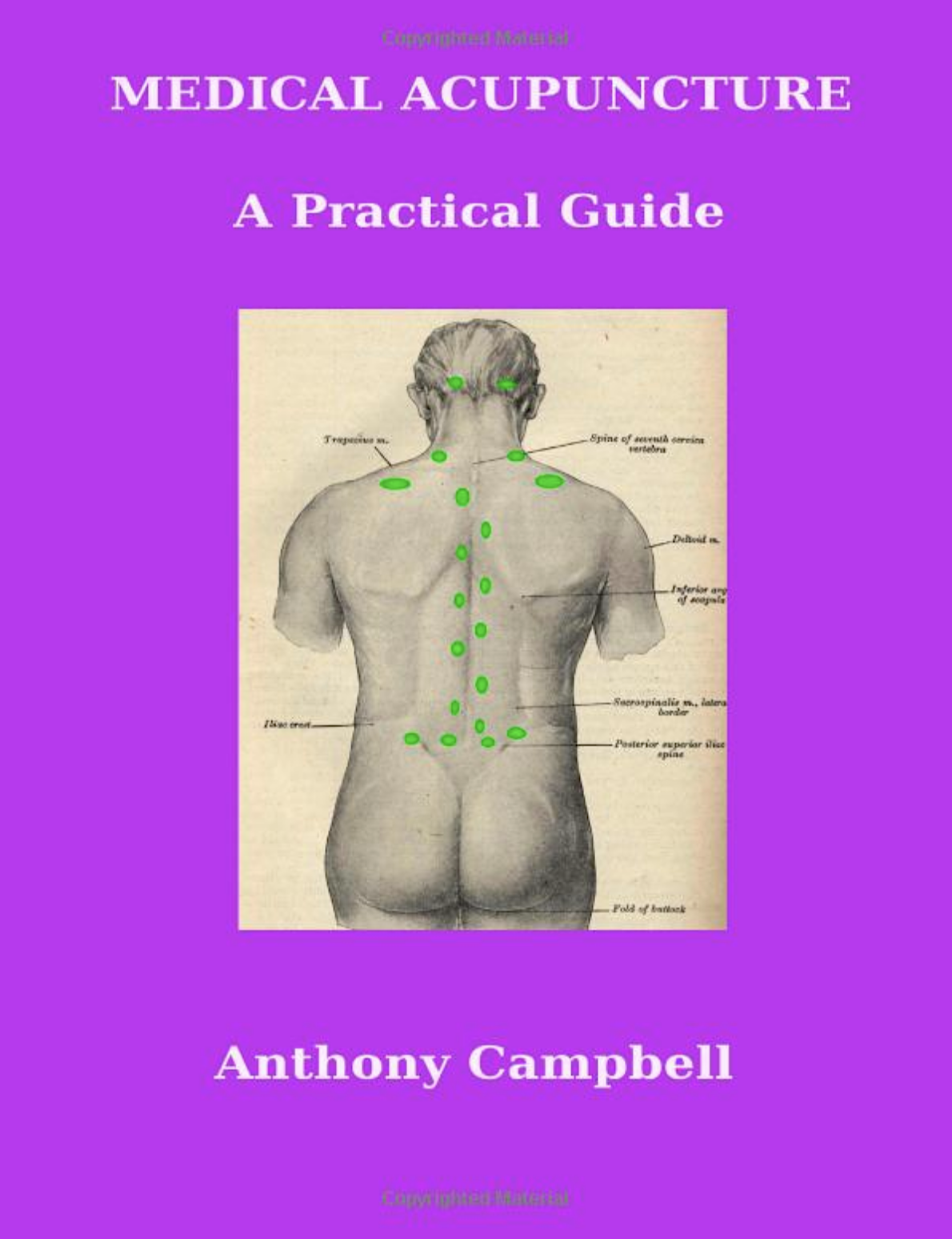 Medical Acupuncture: A Practical Guide 2010
Medical Acupuncture: A Practical Guide 2010
by Anthony Campbell
ISBN 978-1445232539
This is a readable basic textbook written by a senior member of the BMAS. His approach is informed by the rather revolutionary teaching of Dr Felix Mann (1931-2014), in that there is less emphasis on precise point location and more of a focus on acupuncture treatment areas (ATAs). This approach is controversial in some more traditional circles, but fit well with the neurophysiological view developed by the BMAS.
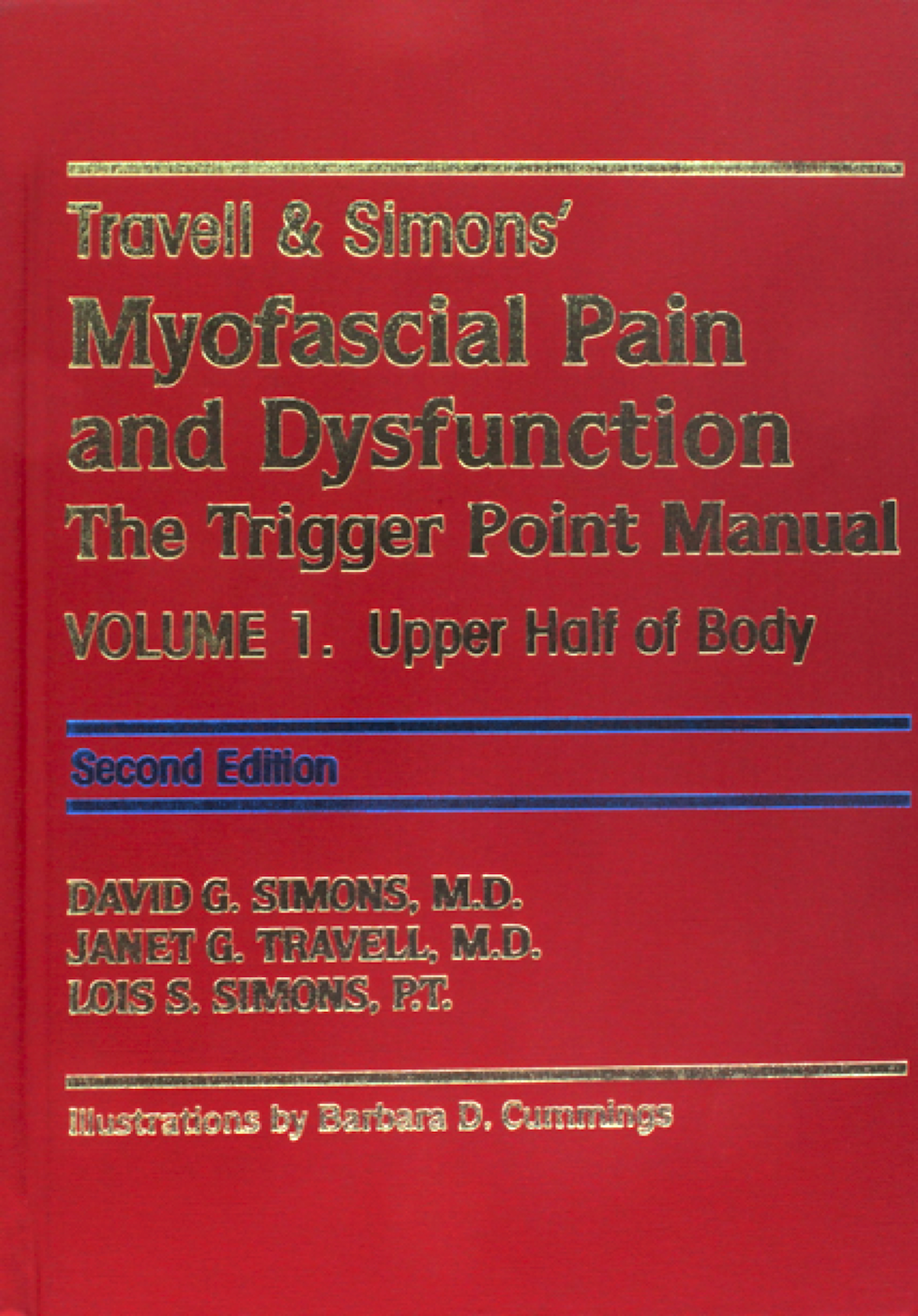
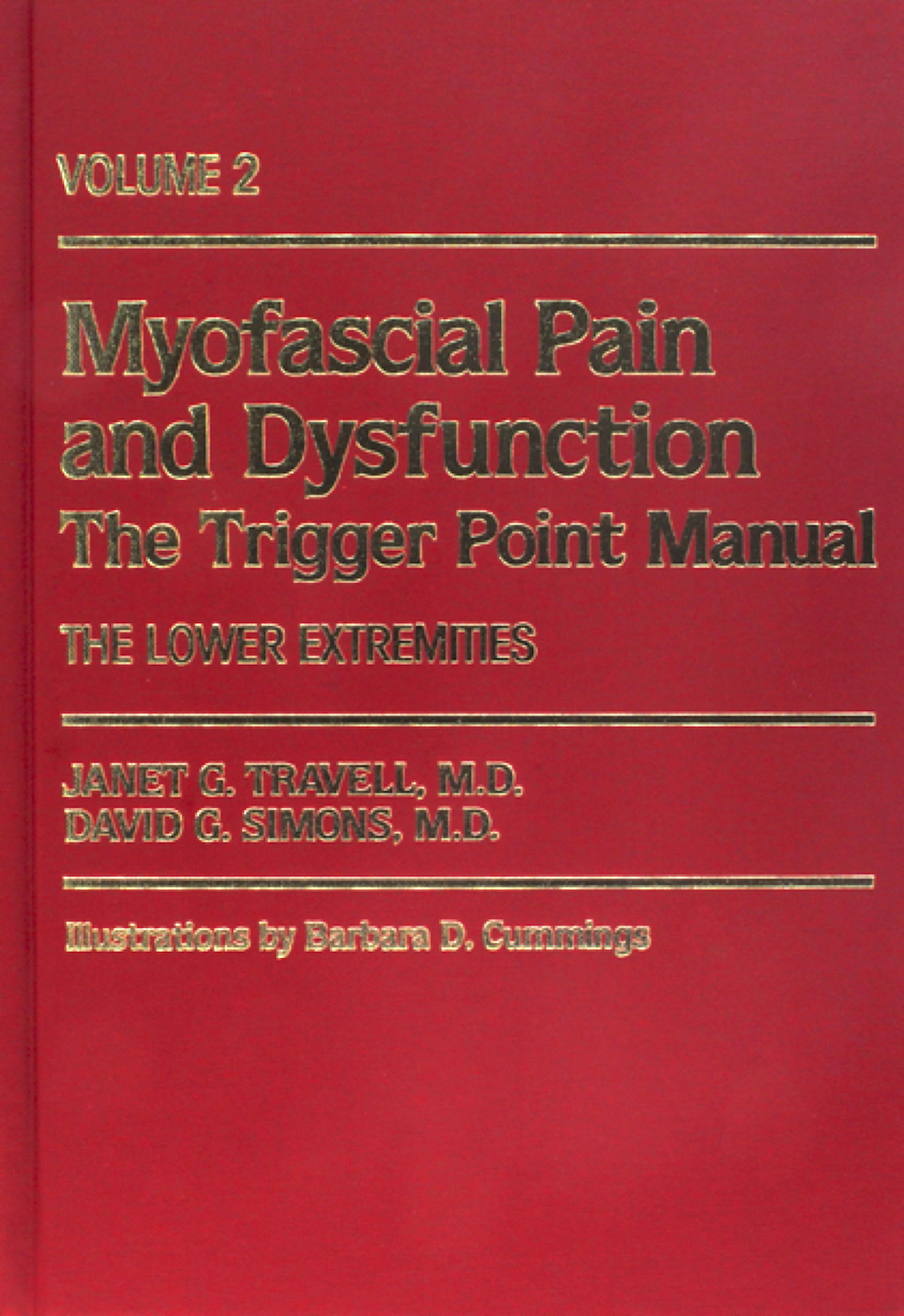 The Trigger Point Manual
The Trigger Point Manual
by Janet Travell and David Simons
ISBN 978-0683307719
This is the two volume classic on the subject of trigger points, although in fact the authors treat their patients with superficial cooling or local anaesthetic injections, rather than acupuncture. The introductory chapters on the general subject of trigger points are a paragon of clarity in explaining the concepts. Every muscle in the body is then described in intricate detail, with referred pain pattern, anatomy, actions, associated muscle groups, factors activating the pain, and techniques for examination and treatment. One of its strengths is its analysis of the factors which perpetuate trigger points and so make successful treatment difficult. This book will be a companion for life for anyone who wants to make a specialty of trigger points; but regrettably the cost is hardly justified for the average doctor who uses acupuncture part-time.
Basics of Acupuncture 5th edition
by Gabriel Stux, Brian Berman & Bruce Pomeranz
ISBN 3540442731
This is a very comprehensive text, which covers both the modern neurophysiological studies, and traditional Chinese concepts. It therefore ends up as a very useful reference work, particularly in respect of its descriptions of all traditional points, with pictures of the meridians; and its lists of points that can be used for a variety of conditions. However, its claim to combine modern and traditional approaches is not achieved in the sense that the two subjects are presented quite separately, and has different authors. A possible weakness of the book for some readers might be that it does not cover the subject of trigger points.
The Acupuncture Treatment of Pain
by Leon Chaitow
Leon Chaitow is an osteopath who writes on a variety of alternative therapies. This book covers the body in a logical way giving a selection of local, distant and auricular points for each problem. It is well laid out in that all points are illustrated and their positions described on a single page each time they are mentioned. It is a reasonably reliable way to learn more points, and a useful quick reference when your mind goes blank. But it is definitely a "cookbook" so we prefer it to be applied as part of a more flexible approach.